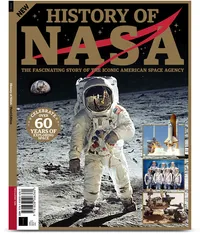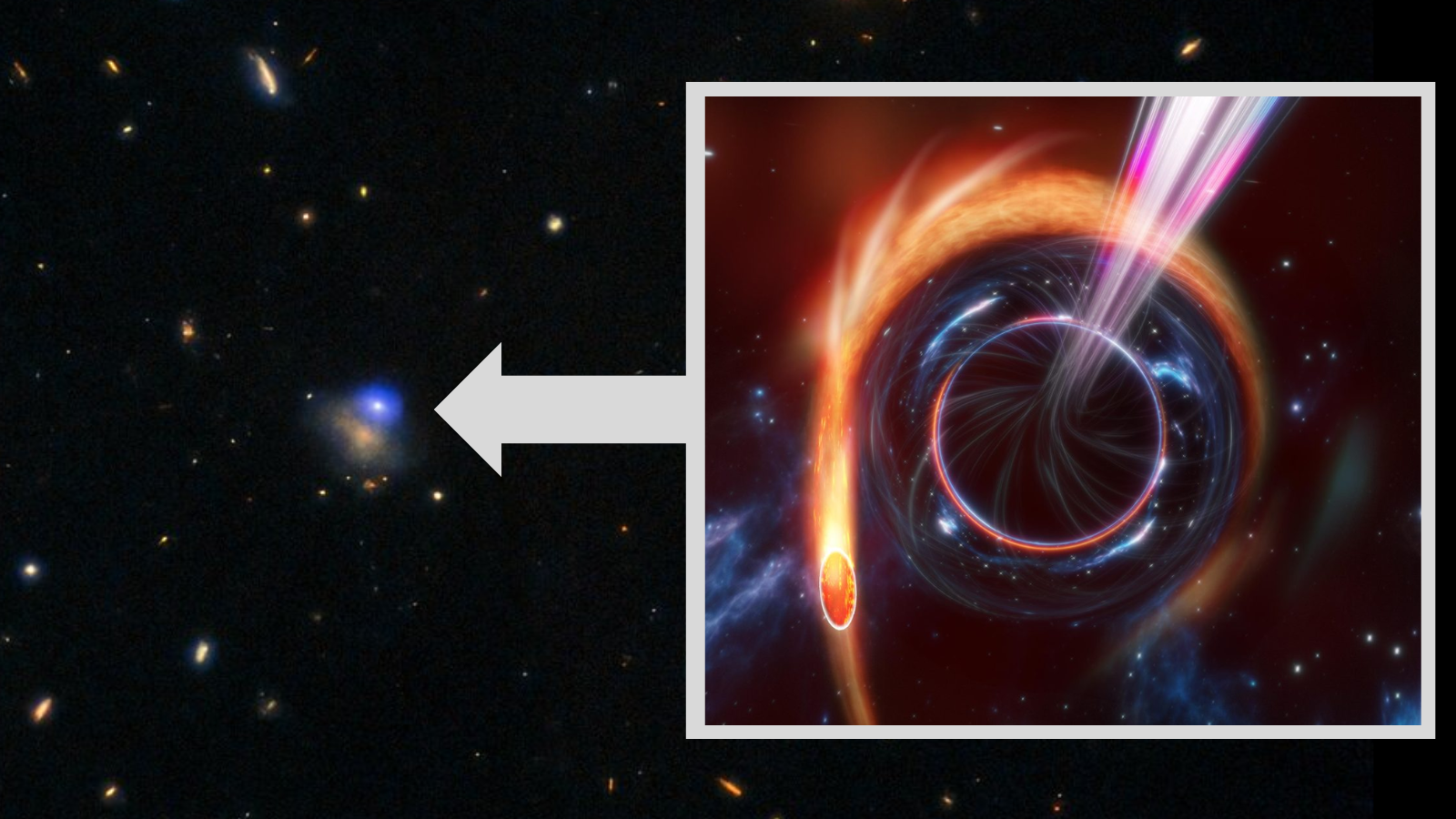Spacewalking astronauts tackle European lab upgrade at space station
Two spacewalking astronauts faced down and fixed numerous technical glitches during a busy spacewalk Wednesday (Jan. 27), but couldn't quite finish upgrading a European science platform on the International Space Station (ISS).
NASA astronauts Mike Hopkins and Victor Glover spent nearly seven hours spacewalking outside the station to work on the Bartolomeo external science platform on the European Space Agency's Columbus module. While the astronauts managed to overcome most of their issues, they were unable to activate the Bartolomeo platform itself because one of three cables refused to connect.
Working with space and ground teams, Glover and Hopkins managed to overcome numerous other issues. These included several stiff cables, an initially unresponsive antenna, and two sticky devices called H-fixtures. The teams also encountered, but moved past, rare astronaut communication issues during Canadarm2 robotic arm operations.
Before the astronauts returned inside, NASA reported that a new high-speed data antenna the spacewalkers installed is "working as it should be." This was a major win for space and ground teams after overcoming several failed attempts to turn on heaters during the spacewalk, to support the antenna's operations.
History of NASA: $22.99 at Magazines Direct
Discover the story of how and why NASA was created, its greatest triumphs, darkest days, and of the times it exceeded all possible hopes. A tale of adventure, heroism and resourcefulness, learn of the space agency's greatest achievements and how — over six decades — the organization has consistently and tirelessly devoted itself to its founding principle: that "activities in space should be devoted to peaceful purposes for the benefit of all humankind".
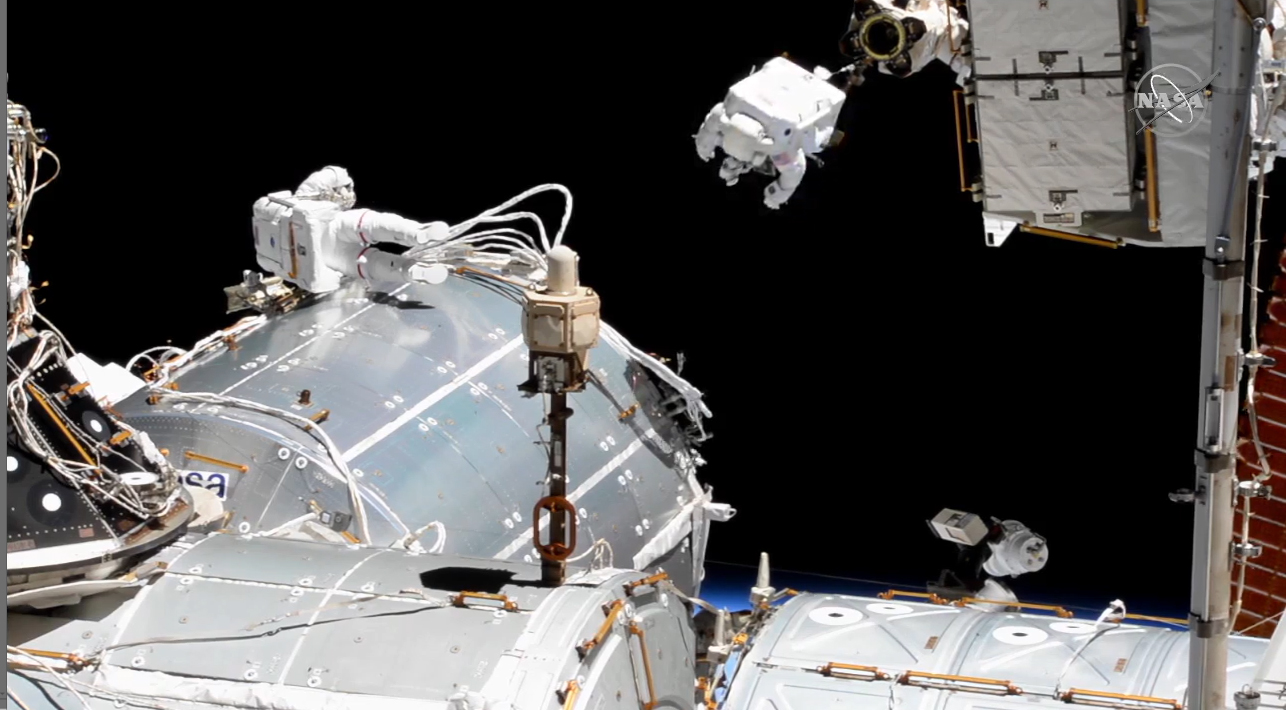

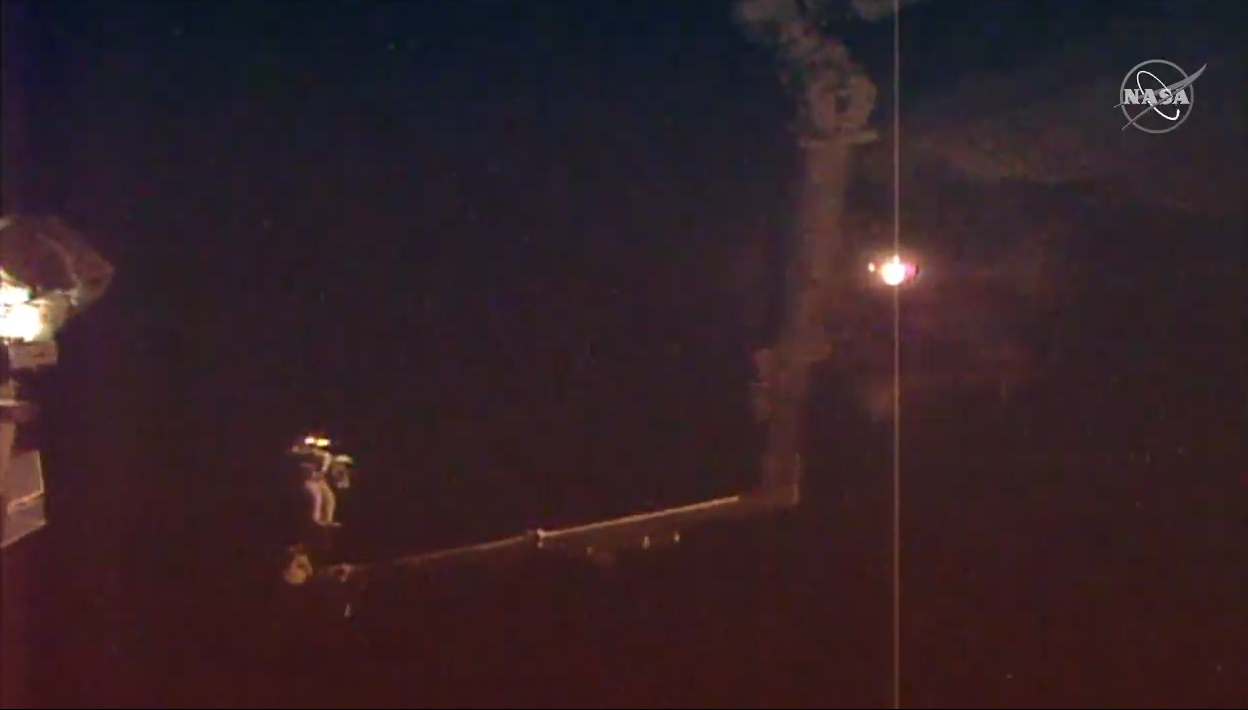
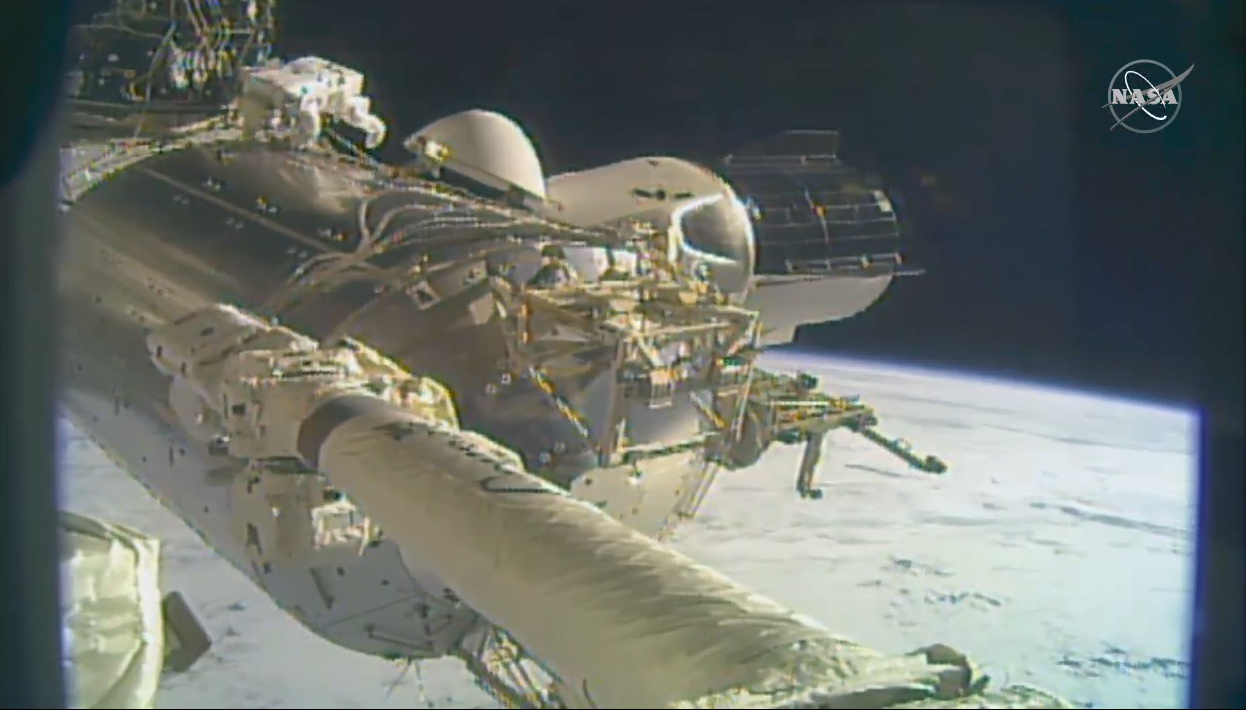
An astronaut's first spacewalk
The day started quietly when Hopkins and Glover, both of Expedition 64, switched to spacesuit battery power inside the Quest airlock at 6:28 a.m. EST (1128 GMT). Their big goals on the spacewalk were to install the high-speed antenna and connect the Bartolomeo external science platform's cables at the European Space Agency's Columbus module. They also planned to ready the space station for essential power upgrades.
Hopkins, an Expedition 36/37 veteran on his third excursion outside the space station, made his way to Columbus using tethers and handgrips. Glover's first few minutes of extravehicular activity were spectacular, as the astronaut climbed aboard the Canadarm2 robotic arm for a ride to Columbus, under the control of NASA astronaut Kate Rubins inside the ISS.
"Hey, Mike," Glover casually said during his ride, as he approached his crewmate perched on Columbus.
Breaking space news, the latest updates on rocket launches, skywatching events and more!
Hopkins quickly looked up. "That's a beautiful view," he said.
"Yeah," Glover said, continuing his journey.
Cable troubles
The first major task for astronauts was installing a new high-speed Ka-band data cable on Columbus so astronauts and researchers have access to a broadband connection with European science facilities on the ground. Trouble started almost immediately when Hopkins and Glover struggled with four bolts they needed to remove from Columbus to safely install the cable.
The astronauts, in conversation with Mission Control, tried different approaches to screw and unscrew the bolts, which NASA said had "some resistance" to being removed – not an uncommon situation in space, where metal expands and contracts considerably under large temperature swings. Eventually, the astronauts safely bolted in the Columbus Ka-band antenna (ColKa) and verified it was firmly in place.
"EV2 sees no wiggle," Glover said to Houston about the newly installed antenna, referring to his designation of "EV2" or second spacewalker. Hopkins was EV1, wearing red stripes on his spacesuit so that orbital camera views could easily distinguish between the two astronauts.
Minutes after the astronauts moved to the next workstation, however, NASA discovered ColKa wasn't responding to commands to turn on the heaters. Hopkins backtracked for a classic solution familiar to any computer user facing cable issues – "demating and remating", or unplugging and replugging, the two cables connecting ColKa to Columbua. With the antenna heaters still not responding, NASA put in a call to ESA's European Operations Control Center in Cologne, Germany to discuss solutions.
It was a lengthy NASA-ESA conversation as Glover and Hopkins also discovered a second issue, minutes later. Cables to activate the Bartolomeo external science platform were stiff, which is a common problem in cold microgravity conditions, and refused to fully clamp down. The crew members were able to "soft dock" the Columbus cables, but couldn't secure the connection as planned. A firm connection required fully pulling down levers on each of the three cables, and the crew reported the cables were only moving down halfway.
Bartolomeo still down
After nearly an hour of interagency discussion, with the spacewalk approaching the three-hour mark, ESA astronaut Andreas Mogensen — responsible for coaching the spacewalkers through their tasks from Houston — radioed a new set of instructions from Mission Control.
Hopkins and Glover removed an unneeded ColKa cover in another bid to get the heaters working. Next, Hopkins grabbed some wire ties to force at least some of the Bartolomeo cables to close. Thanks to Hopkins' efforts, two of the three cables are connected and transmitting power and data as expected, but the third couldn't be connected and is temporarily capped off and stowed safely in place, NASA said in updates during the broadcast.
The trouble means Bartolomeo is "not yet functional" due to the cable issues, NASA added, but space agency officials will continue discussions after the spacewalk. The next opportunity to address the problem is a scheduled spacewalk on Monday (Feb. 1.)
An antenna cover overboard (on purpose)
As Hopkins battled the Bartolomeo cables, Glover hopped on Canadarm2 to jettison the unneeded ColKa cover. This was a planned procedure also marred by temporary communications issues with Glover. Glover's voice was breaking up, but Rubins – in control of Canadarm2 – could transmit her communications to Glover with no issue.
Mogensen, relaying the consensus from Mission Control, said there probably was something on station physically blocking the voice signal. Rubins was authorized to move Glover into place to toss the cover away from the space station, an operation NASA broadcast live on video.
As ColKa's cover floated away, NASA reported the recalcitrant antenna heaters were finally alive. The upgraded antenna should give quick speeds of up to 50 megabits a second for downlink and up to two megabits for uplink, according to ESA, a healthy enough connection to easily stream video.
Five hours into the spacewalk, the astronauts — who had spent most of their time outside so far troubleshooting the unexpected — began joking about taking a snack break and eating bacon, which is technically impossible given they were each locked inside of a spacesuit.
"It is definitely snack time," one astronaut said during the conversation, with the other adding, "I would have thought Rubins would have snacks in the airlock for just this kind of an event."
"We'll have snacks for you later," Rubin reassured Glover and Hopkins.
But the astronauts kept up their energy, even without bacon, as they managed to overcome yet another small snag at the P6 truss. The H-fixtures (grapple fixtures) they worked on there proved harder than expected to remove. With that task accomplished, the newly opened slots will open up room for an ISS power upgrade.
The orbiting complex will eventually get six new solar arrays that will boost power by 20 to 30 per cent, which will assist with the station's growing focus on commercial and research opportunities. Astronauts have also spent several years upgrading existing nickel hydrogen batteries to more powerful lithium ion batteries, a four-year task that Hopkins and Glover are expected to complete on their second spacewalk Monday (Feb. 1.)
NASA even authorized a "get-ahead" task on Wednesday's spacewalk, referring to an item usually put in when the astronauts are well ahead of schedule. Glover prepared to remove and replace what NASA thought was a broken "pip pin" inside the crew airlock, following up on a previous crew report during a July 2020 spacewalk. After inspecting the pin up close, however, both ground teams and Glover determined the pin appeared to be working well. Glover thus left aside the replacement task.
Wednesday's spacewalk was the 233rd spacewalk in support of station maintenance, operations and upgrades, according to the live NASA Television broadcast. The support team in Mission Control also included CapCom Drew Feustel, a Canadian-U.S. NASA astronaut.
Glover's spacewalk was the first for an African-American since NASA astronaut Alvin Drew's EVA on space shuttle mission STS-133 on Feb. 28, 2011. The first African-American to walk in space was NASA astronaut Bernard Harris on Feb. 3, 1995, during STS-63.
Glover is also flying the first long-duration ISS mission for an African-American, marking a long overdue milestone in the space station's more than 20 years of continuous operations. His scheduled six-month stay should easily eclipse the past African-American record of 42 cumulative days in space, set by NASA astronaut Stephanie Wilson across three space station missions: STS-121, STS-120 and STS-131.
Follow Elizabeth Howell on Twitter @howellspace. Follow us on Twitter @Spacedotcom and on Facebook.

Elizabeth Howell (she/her), Ph.D., was a staff writer in the spaceflight channel between 2022 and 2024 specializing in Canadian space news. She was contributing writer for Space.com for 10 years from 2012 to 2024. Elizabeth's reporting includes multiple exclusives with the White House, leading world coverage about a lost-and-found space tomato on the International Space Station, witnessing five human spaceflight launches on two continents, flying parabolic, working inside a spacesuit, and participating in a simulated Mars mission. Her latest book, "Why Am I Taller?" (ECW Press, 2022) is co-written with astronaut Dave Williams.
